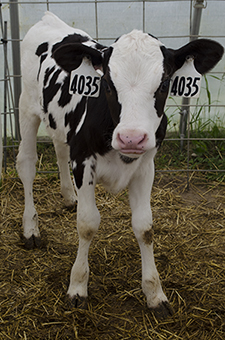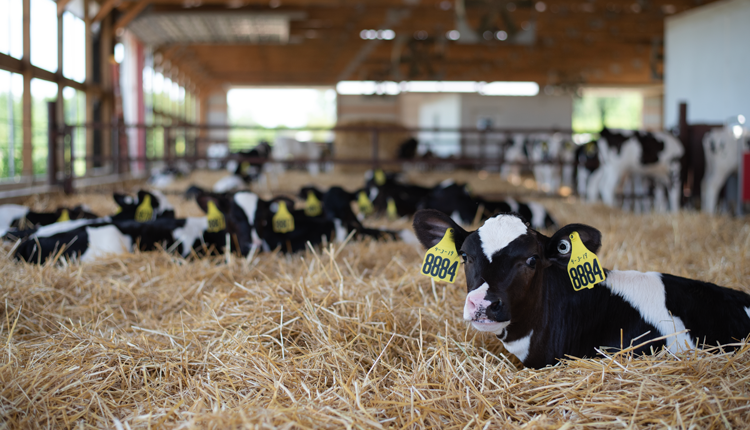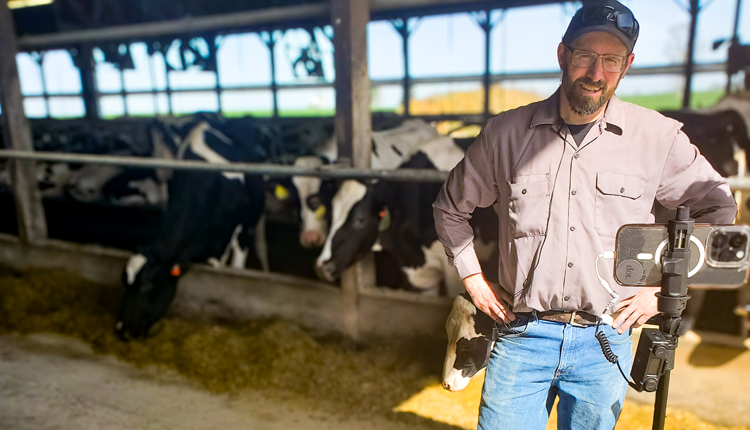 A classic game, Jenga tests players' ability to strategically remove blocks from a sturdy tower. One by one, blocks are pulled until the stack comes crashing down. The individual with the steadiest hand is often the winner.
A classic game, Jenga tests players' ability to strategically remove blocks from a sturdy tower. One by one, blocks are pulled until the stack comes crashing down. The individual with the steadiest hand is often the winner. "Calf management is like Jenga. If we miss a few blocks, it all collapses eventually," noted Amy Stanton, University of Wisconsin-Madison, as she began her presentation on growing healthy calves at the Leading Dairy Producers Conference.
"Colostrum should be the first thing calves consume. We need to avoid giving them a "manure meal" at all costs," noted Stanton. One of the best ways to evaluate a colostrum program is serum total protein, unless the calf has diarrhea. "If a calf has low serum total protein, it is nearly four times more likely to have respiratory disorders," she added.
When using a Brix refractometer, valued between $80 and $120, a cut point of 22 percent and over indicates good-quality colostrum. "If a calf cannot or will not consume the recommended colostrum intake, the calf should be tubed," Stanton added. The longer a calf goes without colostrum, the less it is absorbed. At six hours, only 66 percent is absorbed; at 12 hours, this declines further to 47 percent.
"The second feeding of colostrum has a much lower rate of absorption than the first, and the risk of failure of passive transfer is much greater if the colostrum is fed in two time periods," said Stanton.
Calf raising is further complicated as it gets colder. "Calves need more energy; if we feed 1 pound of powder, or 10 percent of birth body weight, at temperatures of 35°F and below, calves will lose weight," she noted. Targeting 20 percent of body weight in cold weather is a much better option.
"We've done calves a disservice by feeding them at lower levels for so many years," Stanton noted. There are benefits to higher planes of neonatal nutrition including: improved milk production, faster mammary gland tissue development and reduced time to first calving. These calves also recover sooner after being challenged with a disease.
Stanton recommends offering calves a minimum total daily intake of 20 percent of body weight in whole milk (or an equivalent) until 28 days of age. Little difference exists if this is spread between two or three feedings per day as long as the volume is adequate.

Amanda Smith is an associate editor and an animal science graduate of Cornell University. Smith covers feeding, milk quality and heads up the World Dairy Expo Supplement. She grew up on a Medina, N.Y., dairy, and interned at a 1,700-cow western New York dairy, a large New York calf and heifer farm, and studied in New Zealand for one semester.












